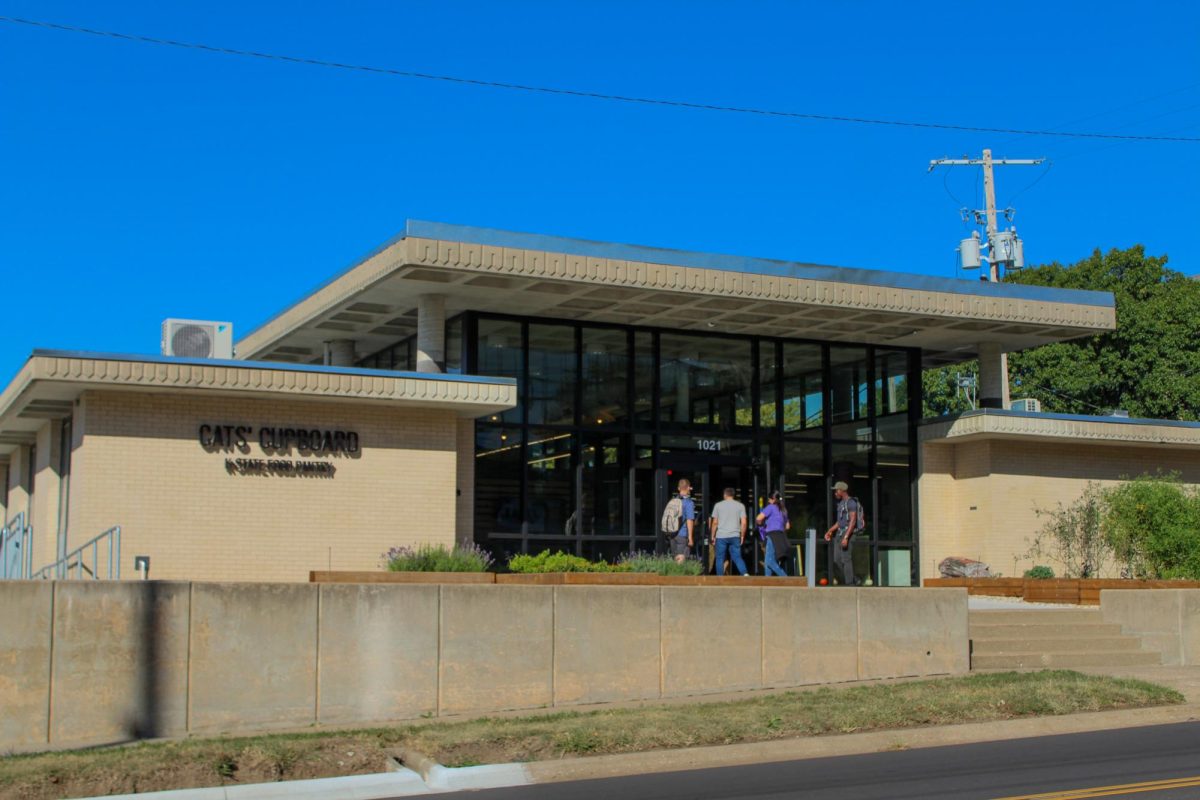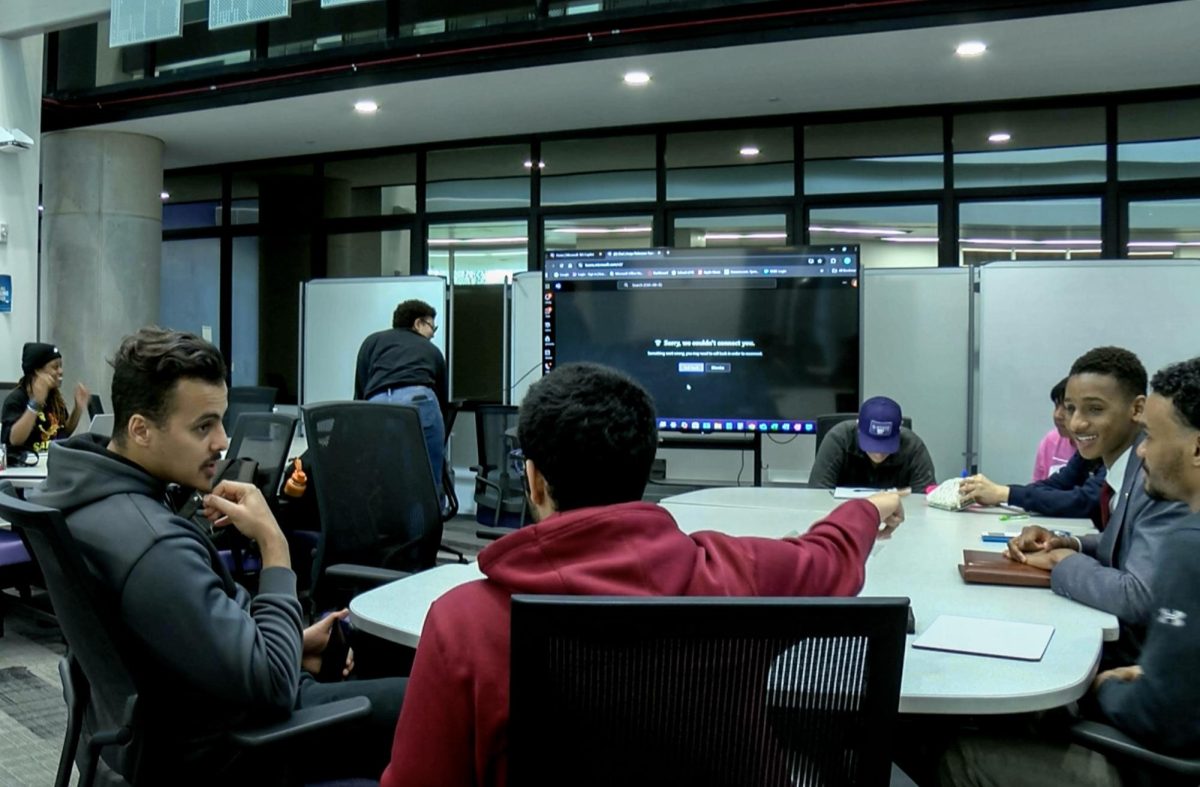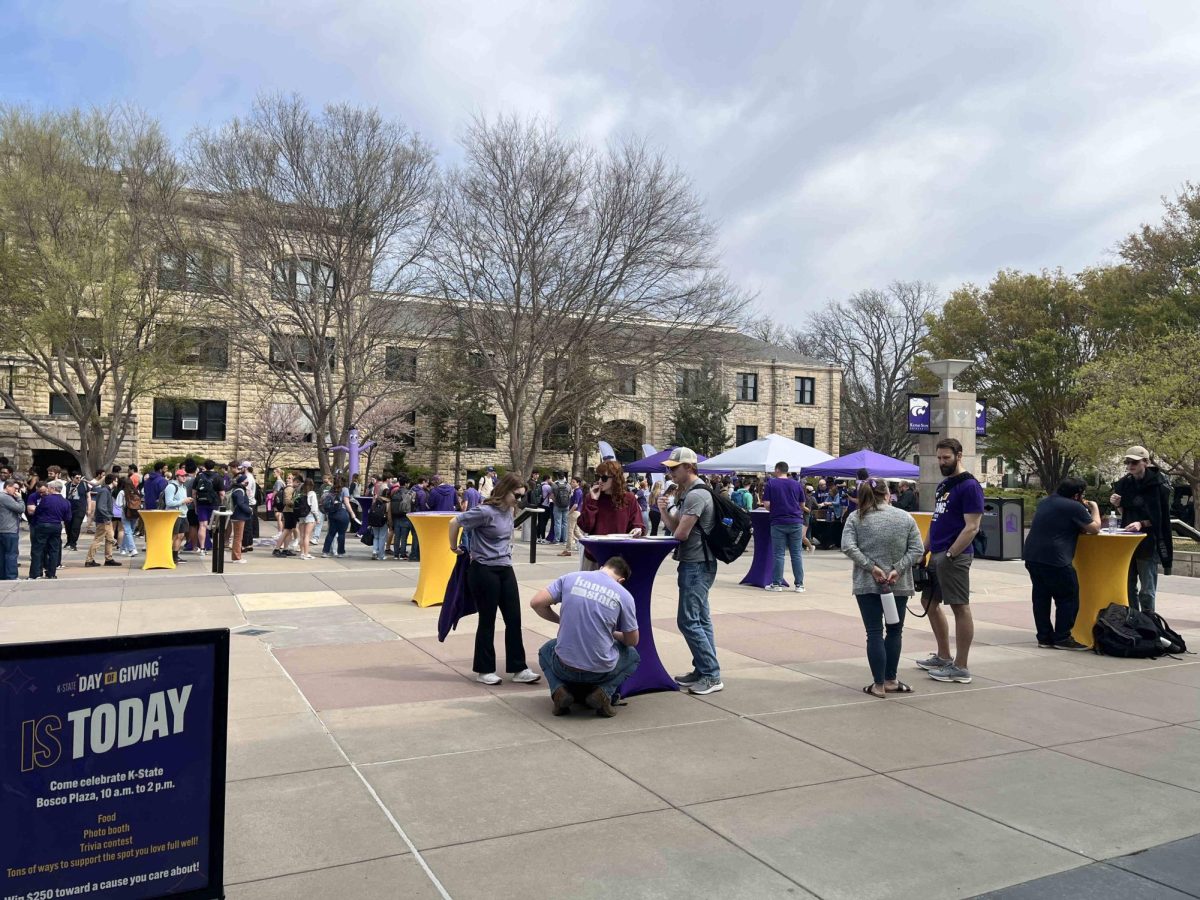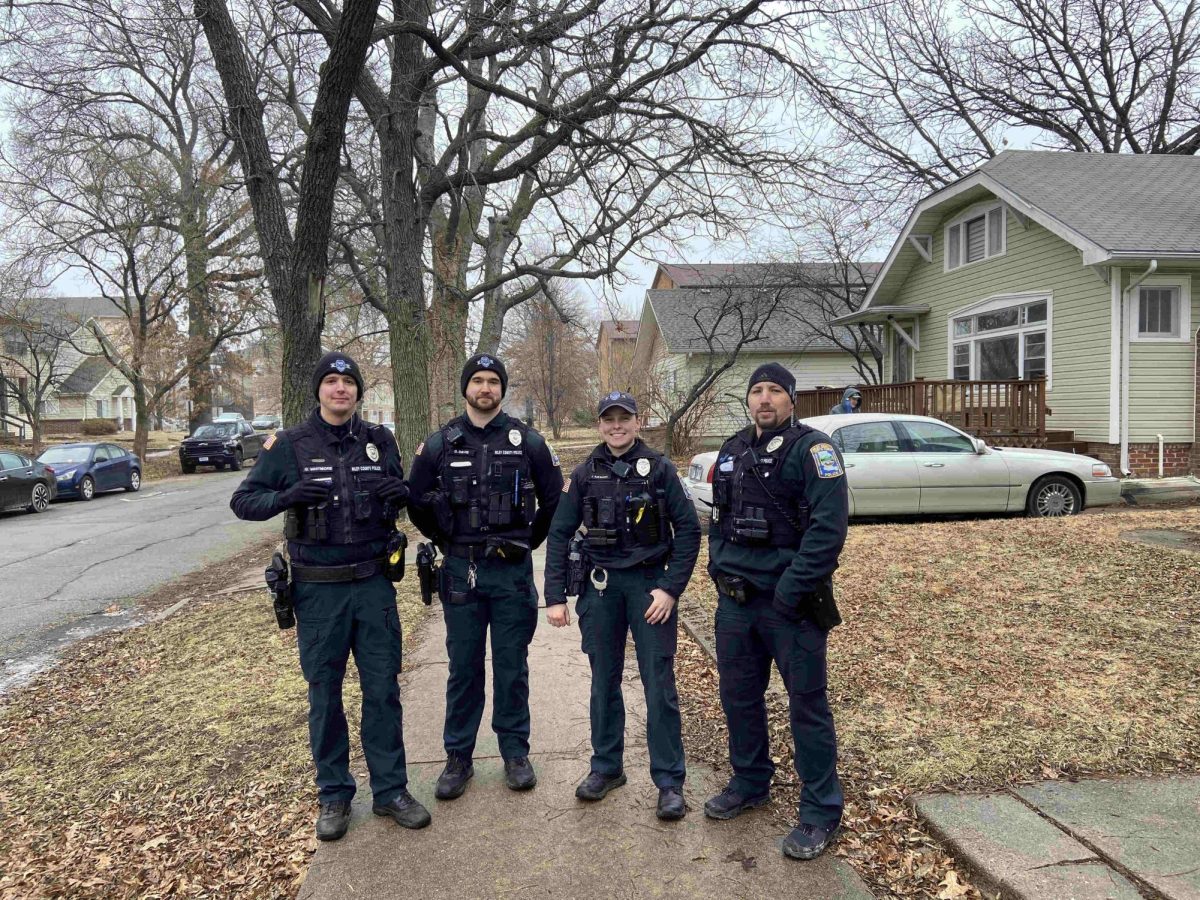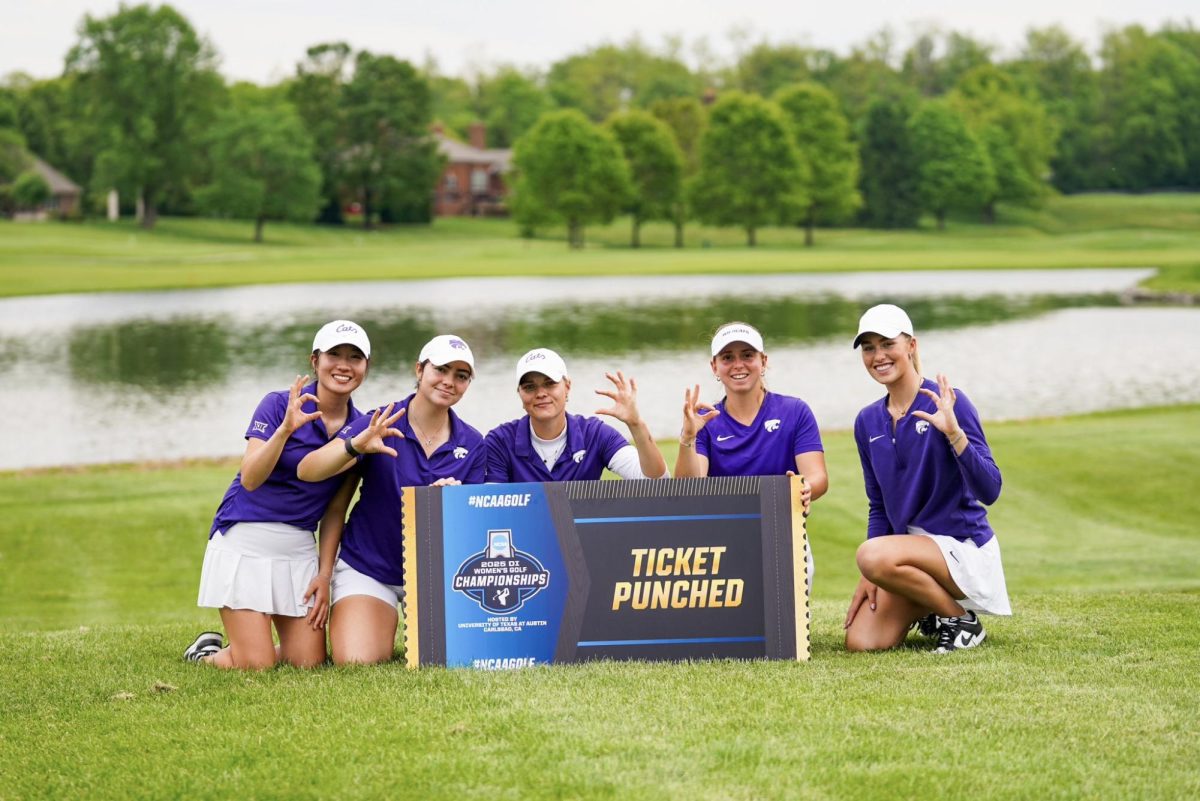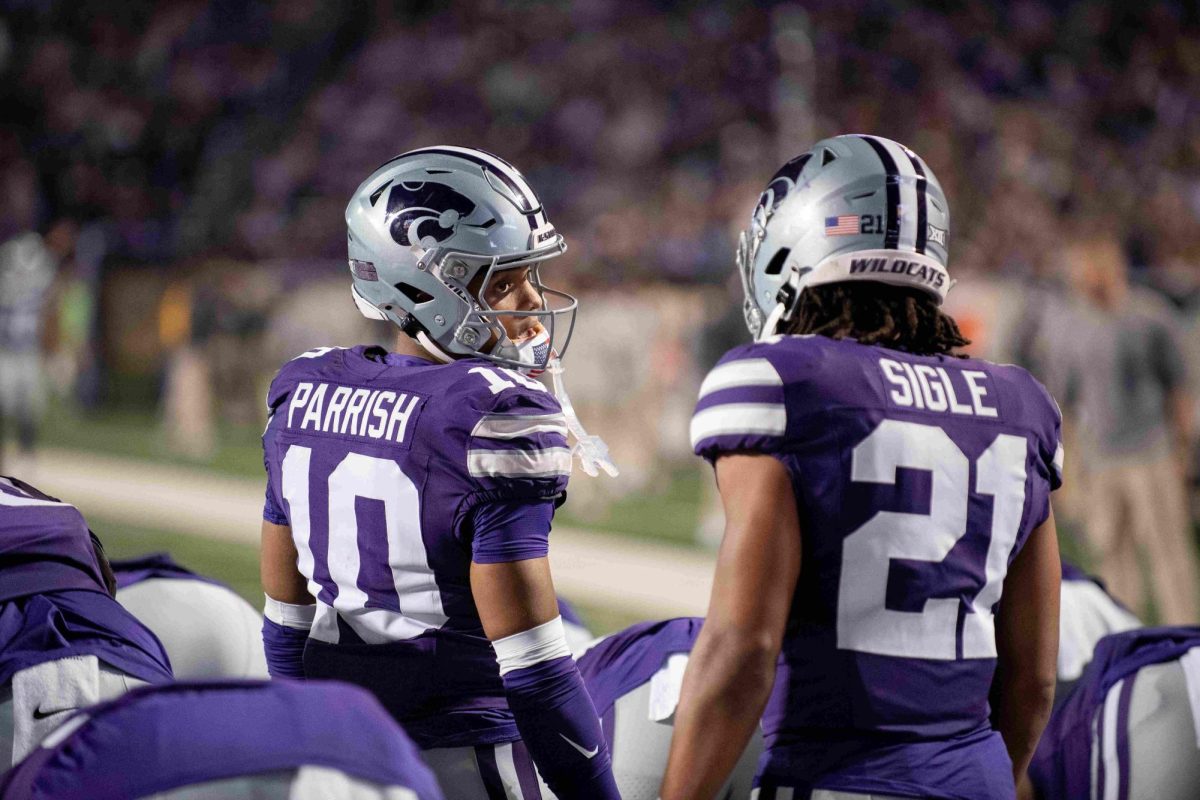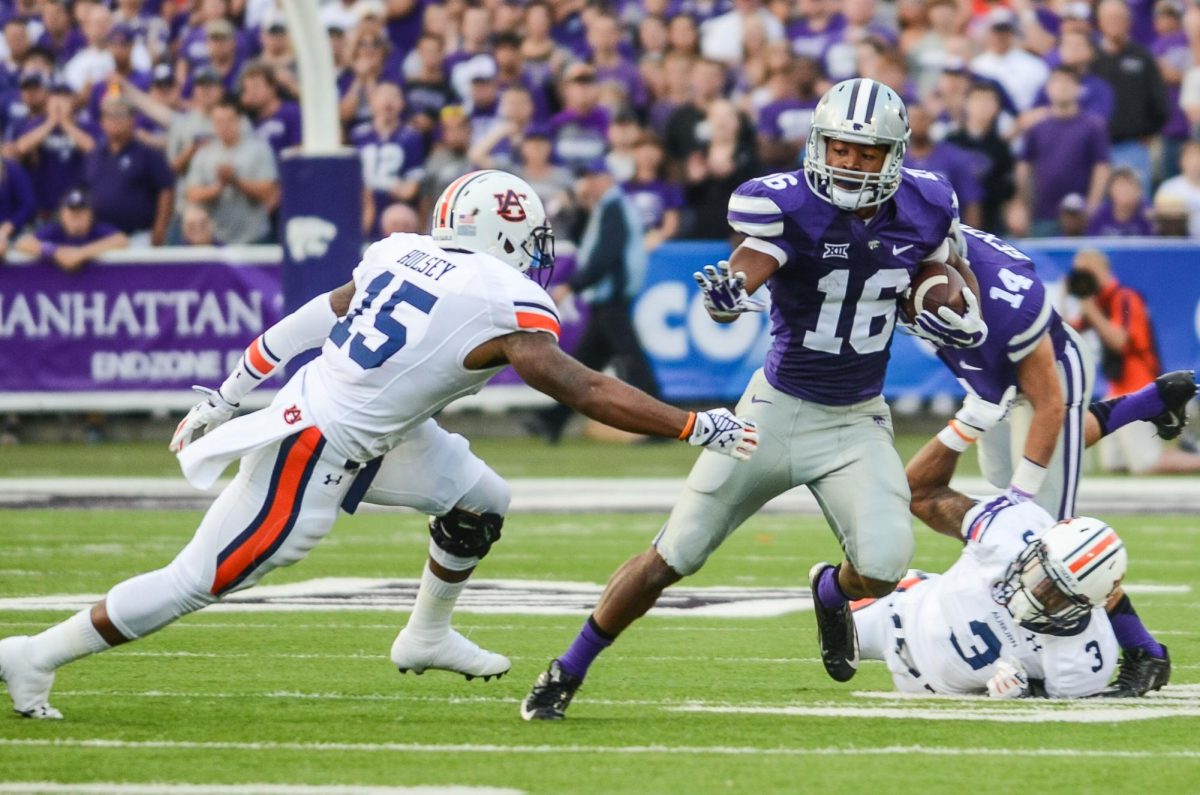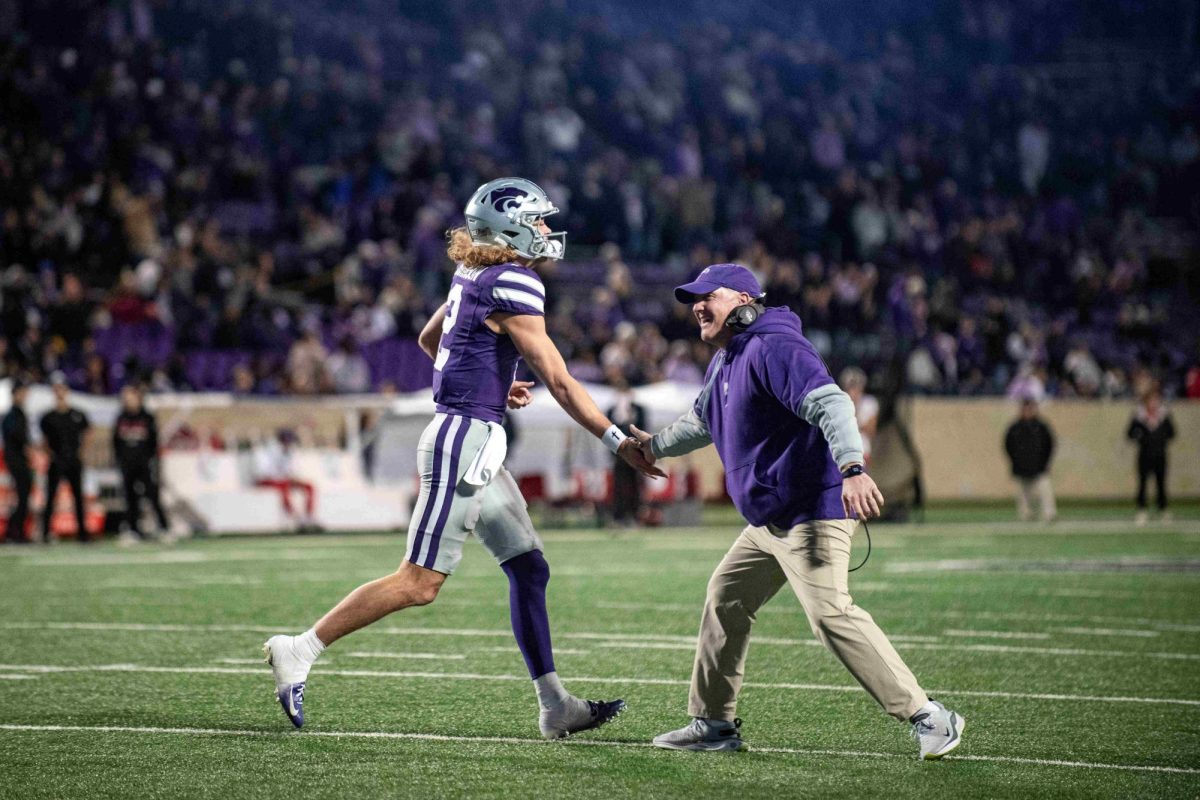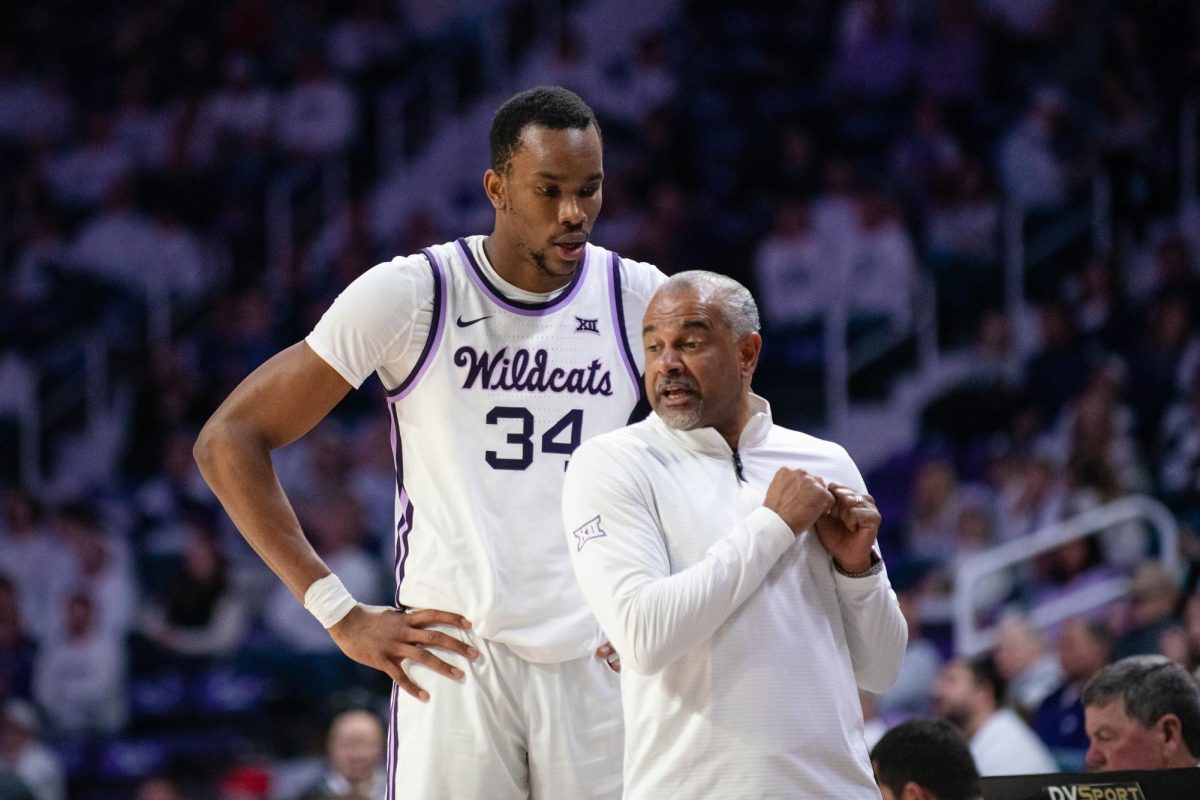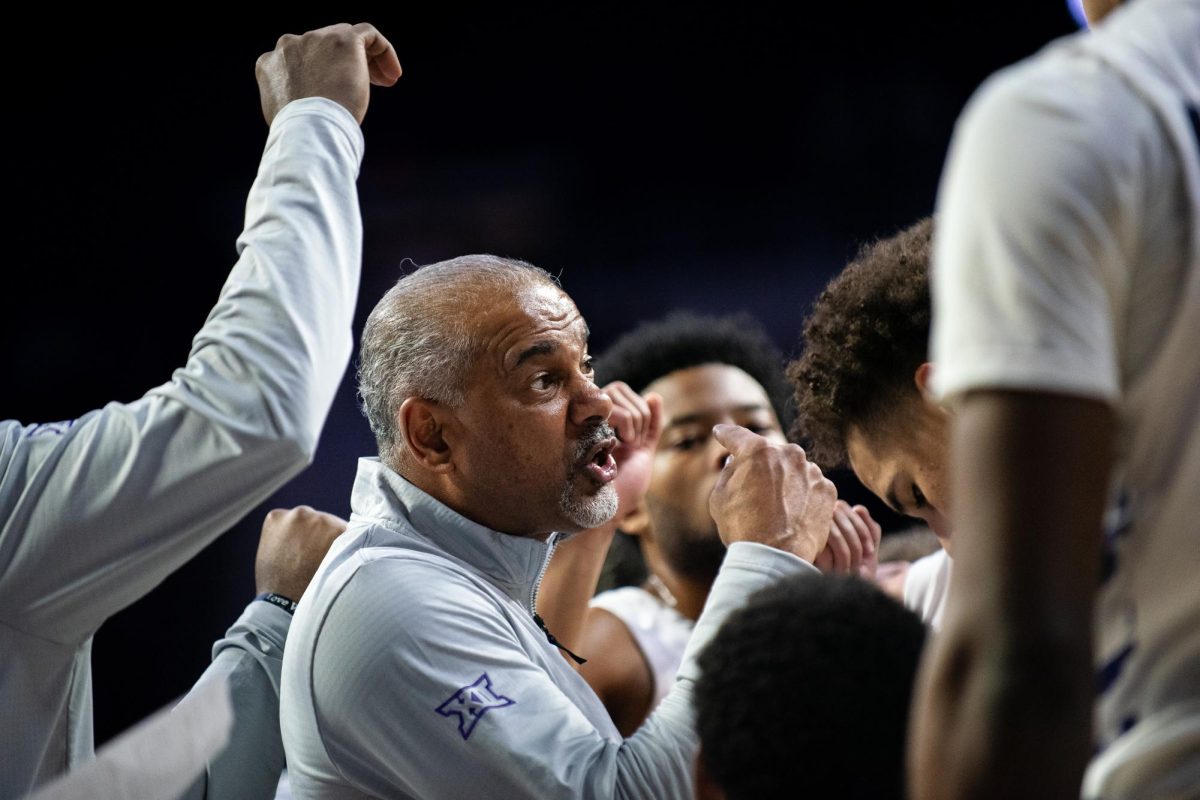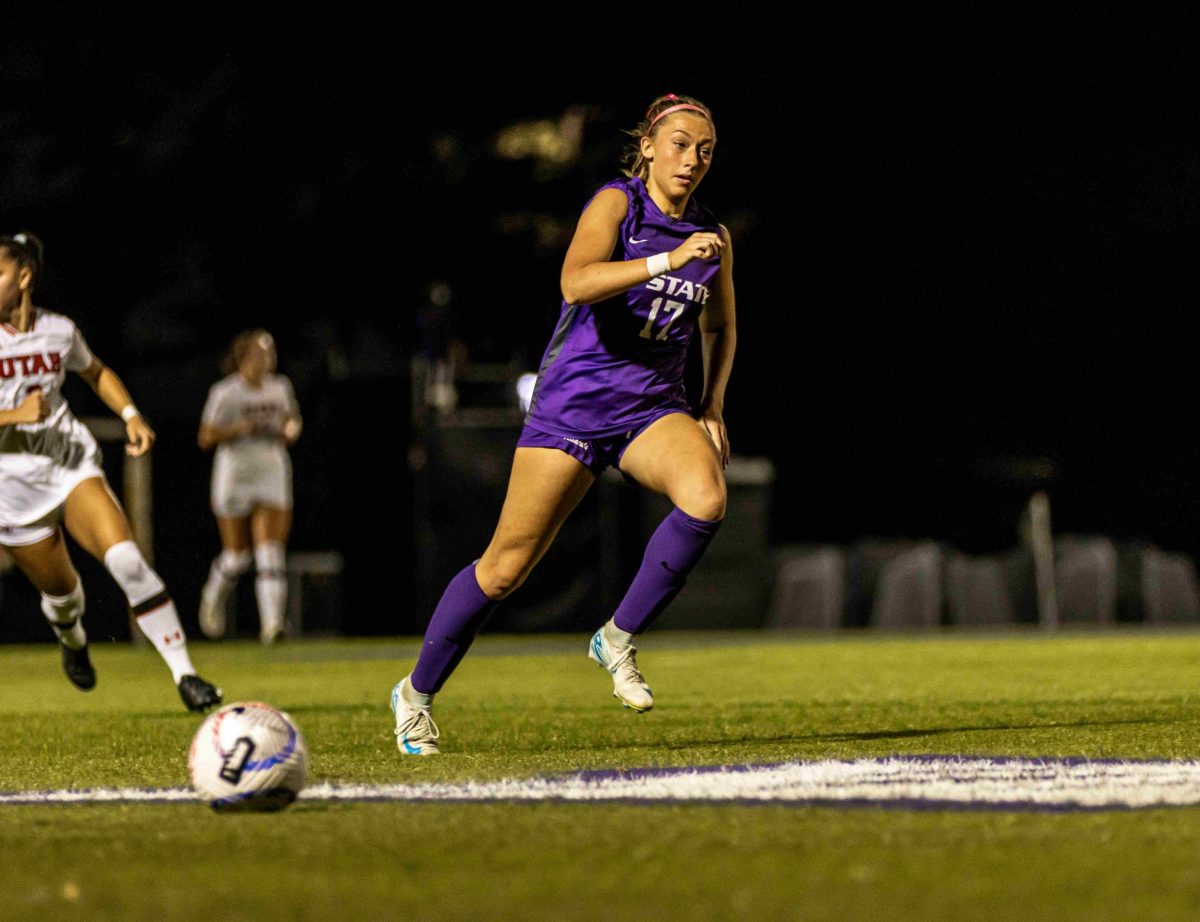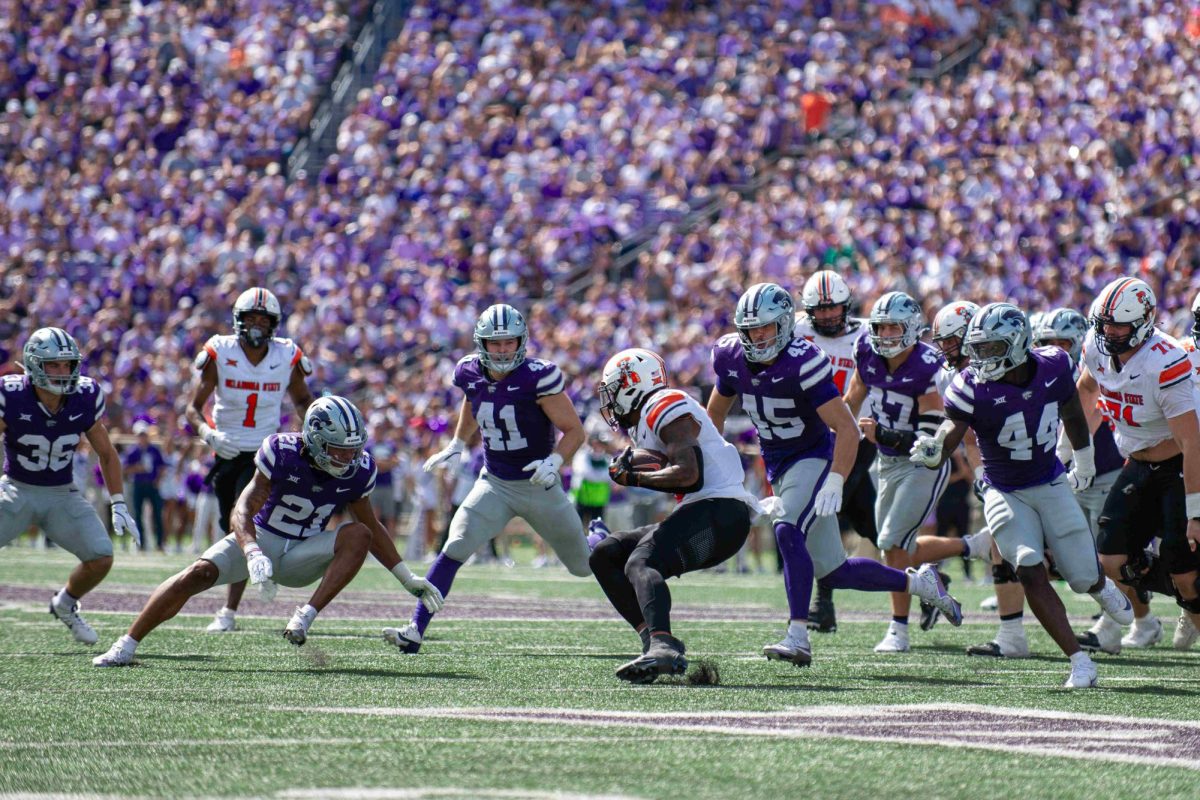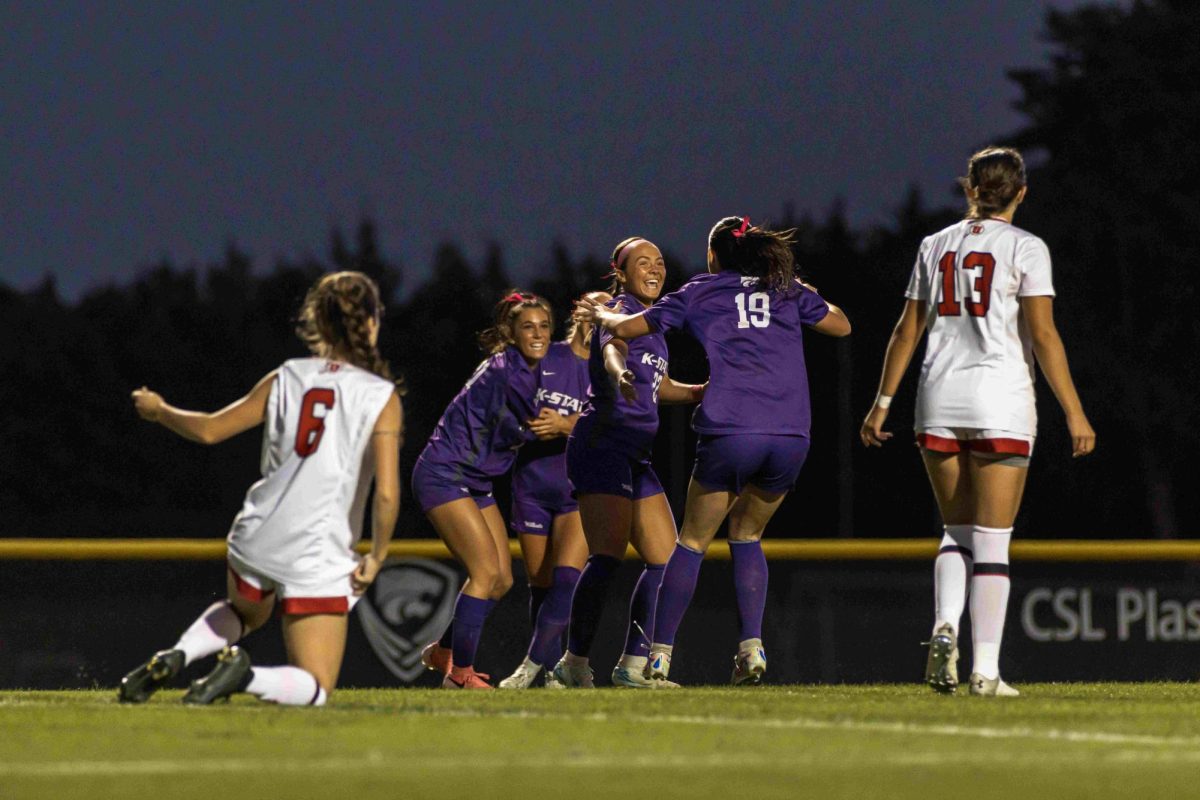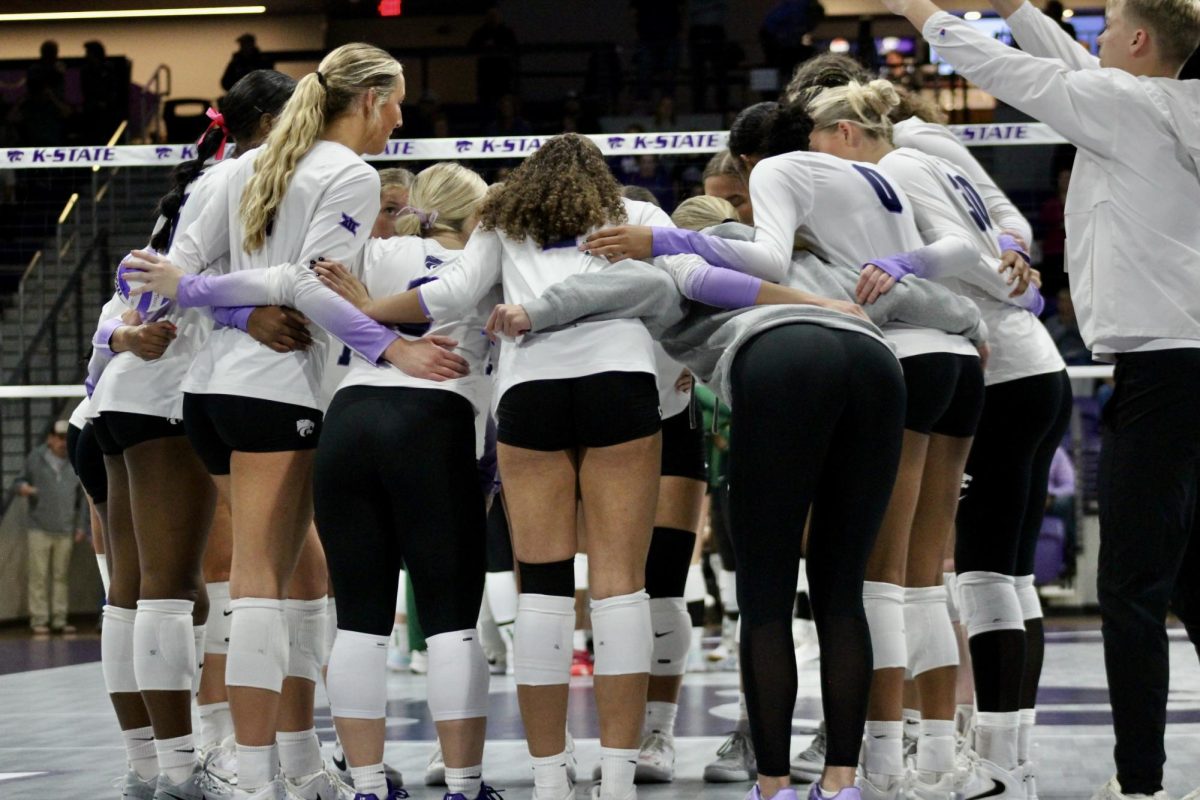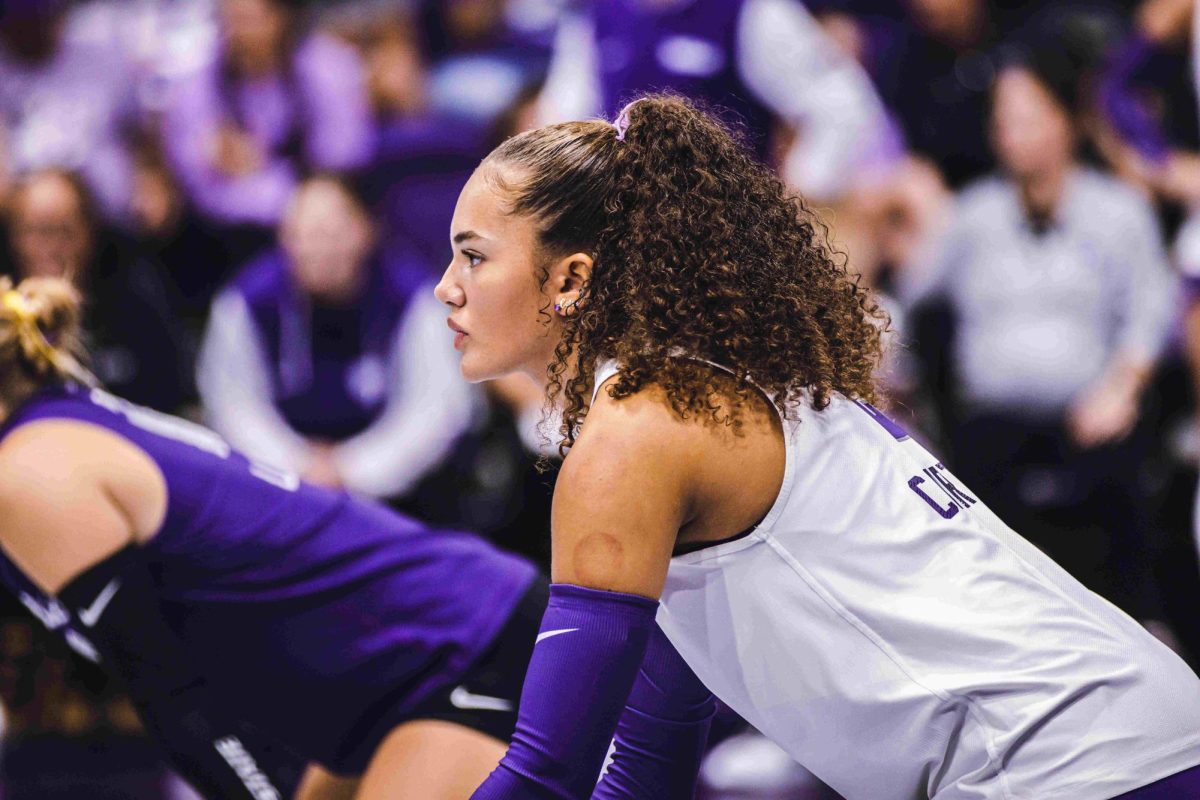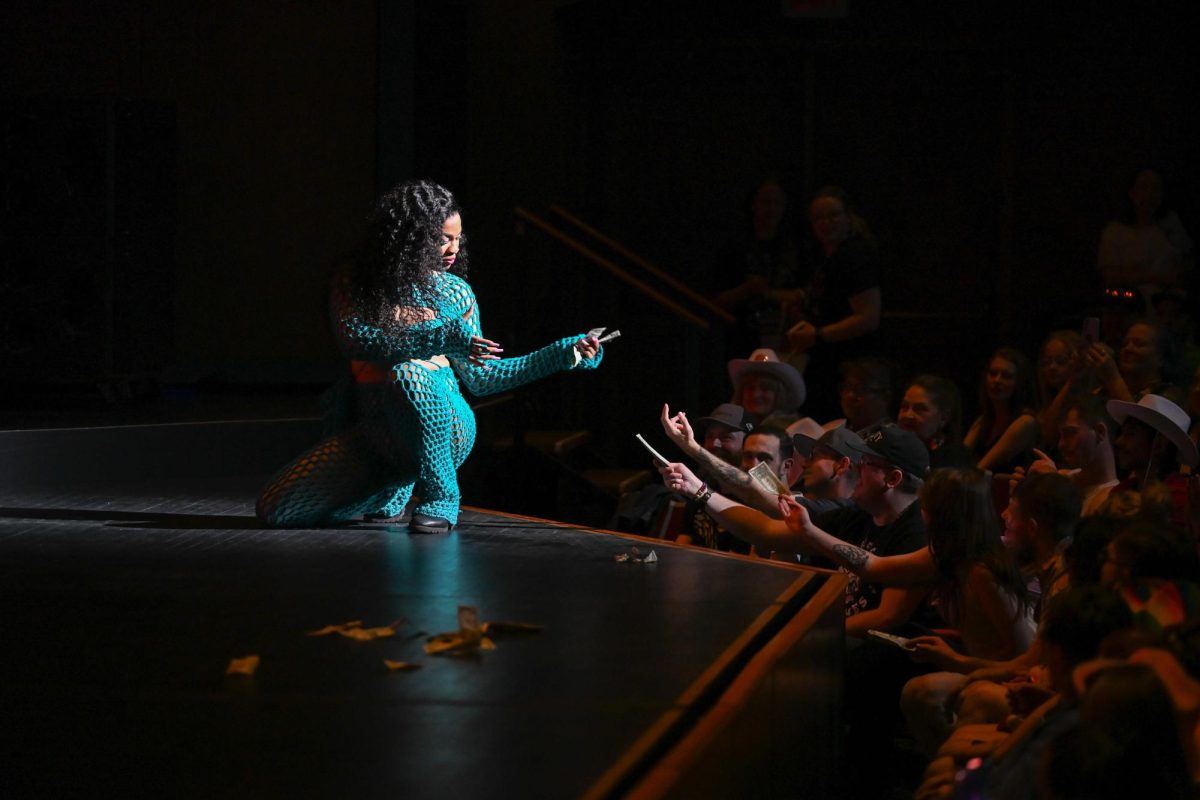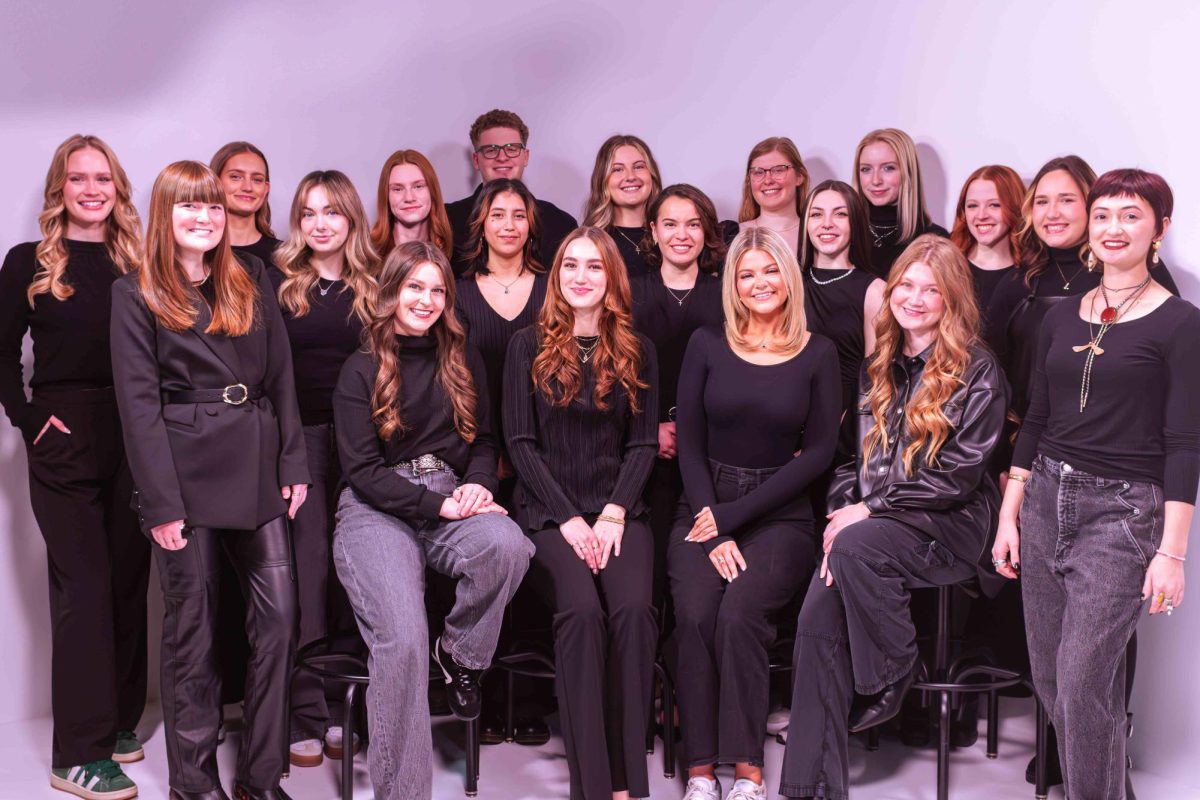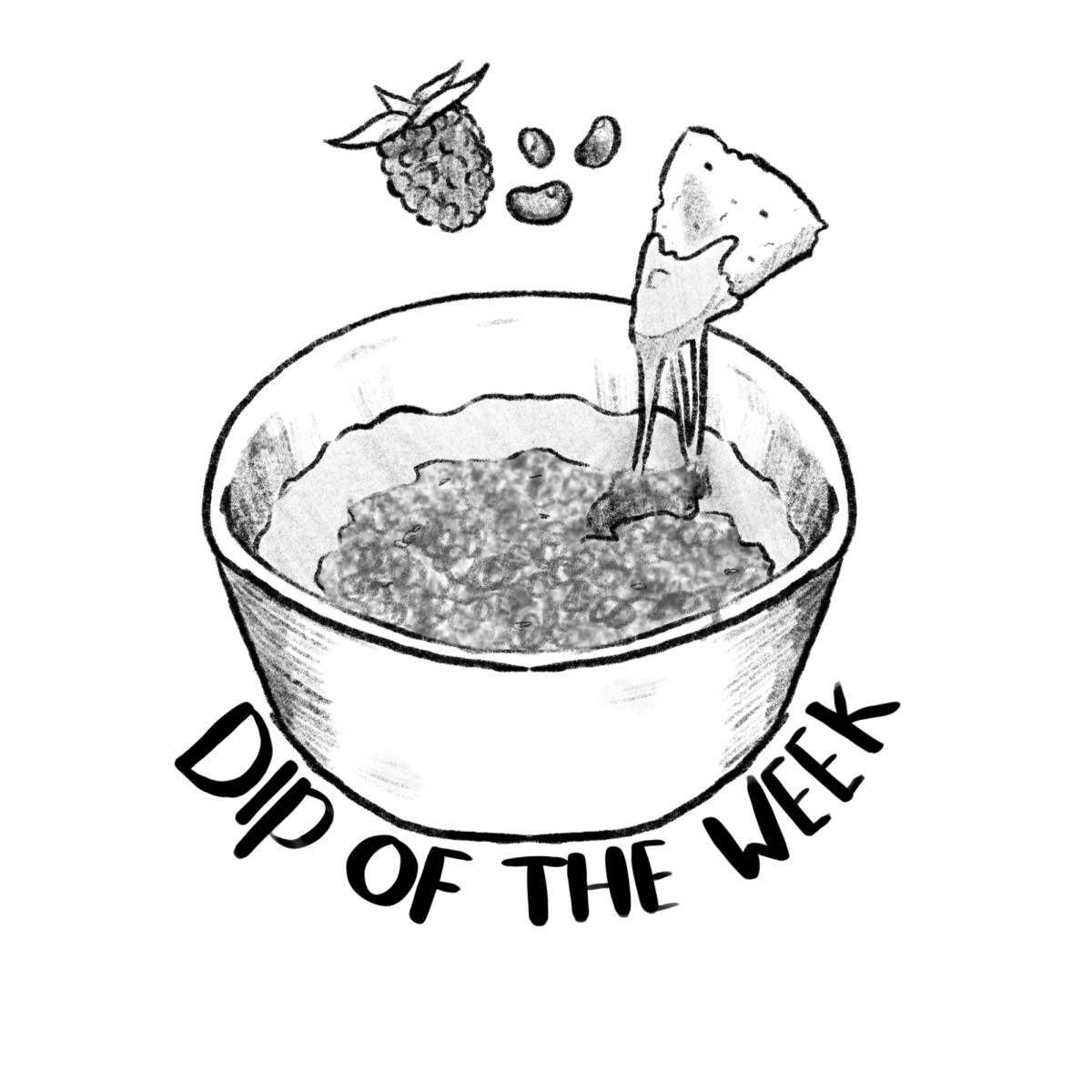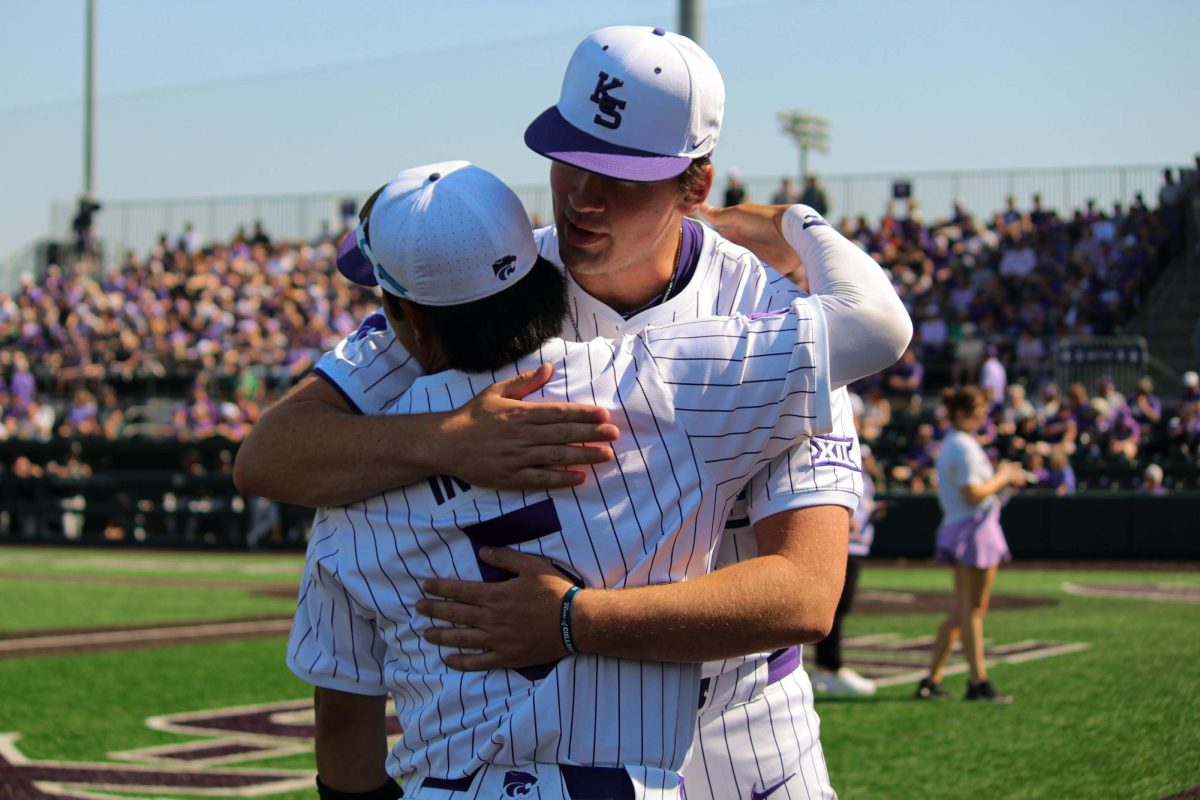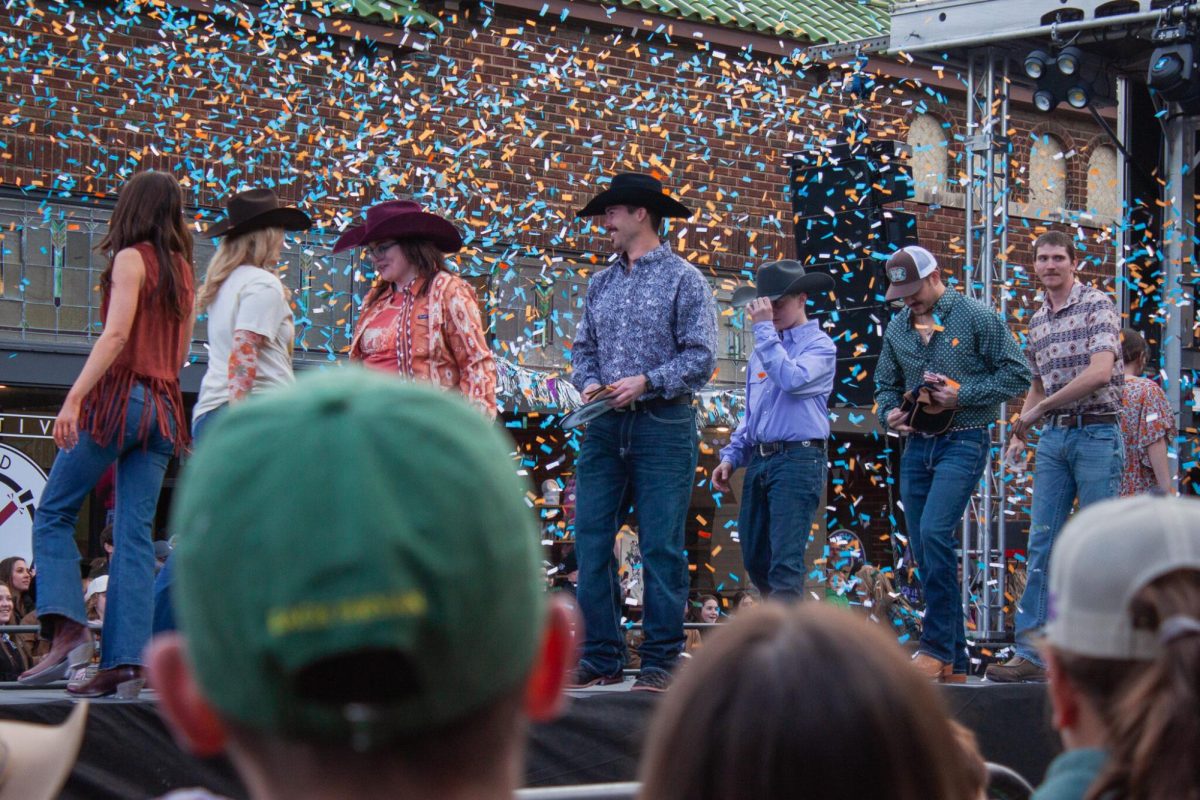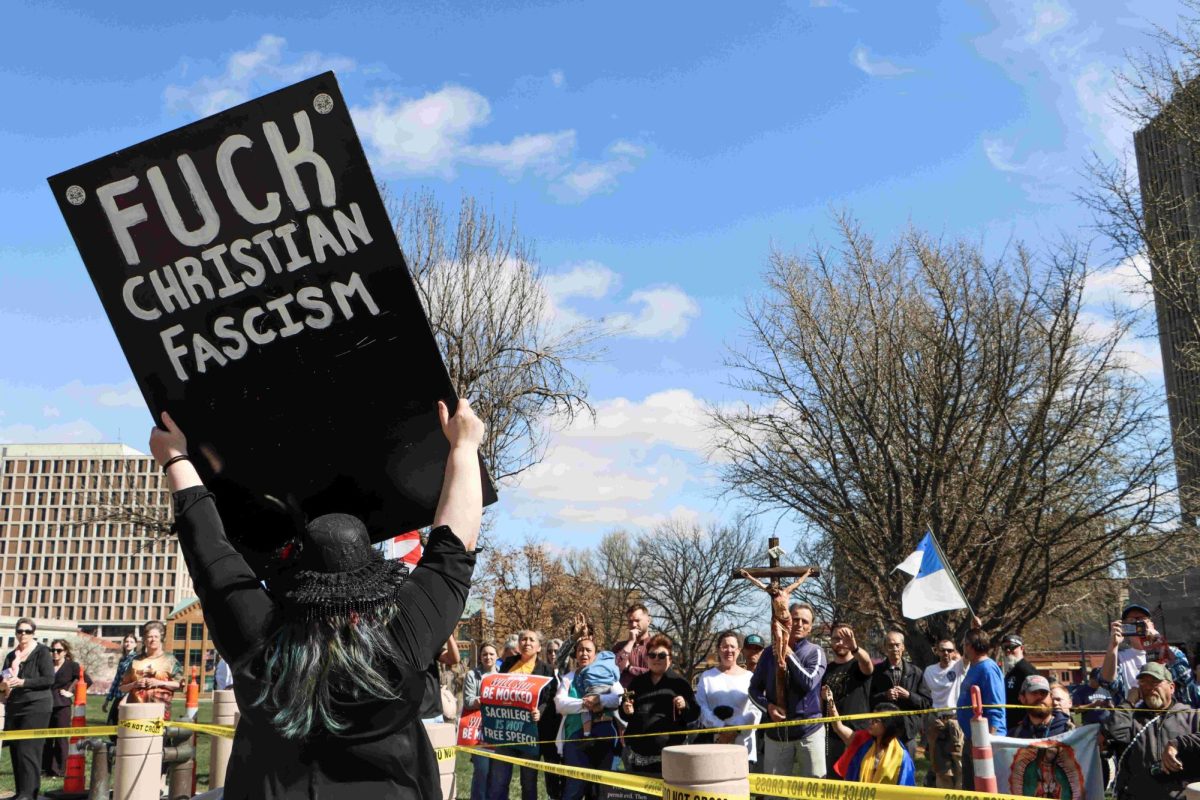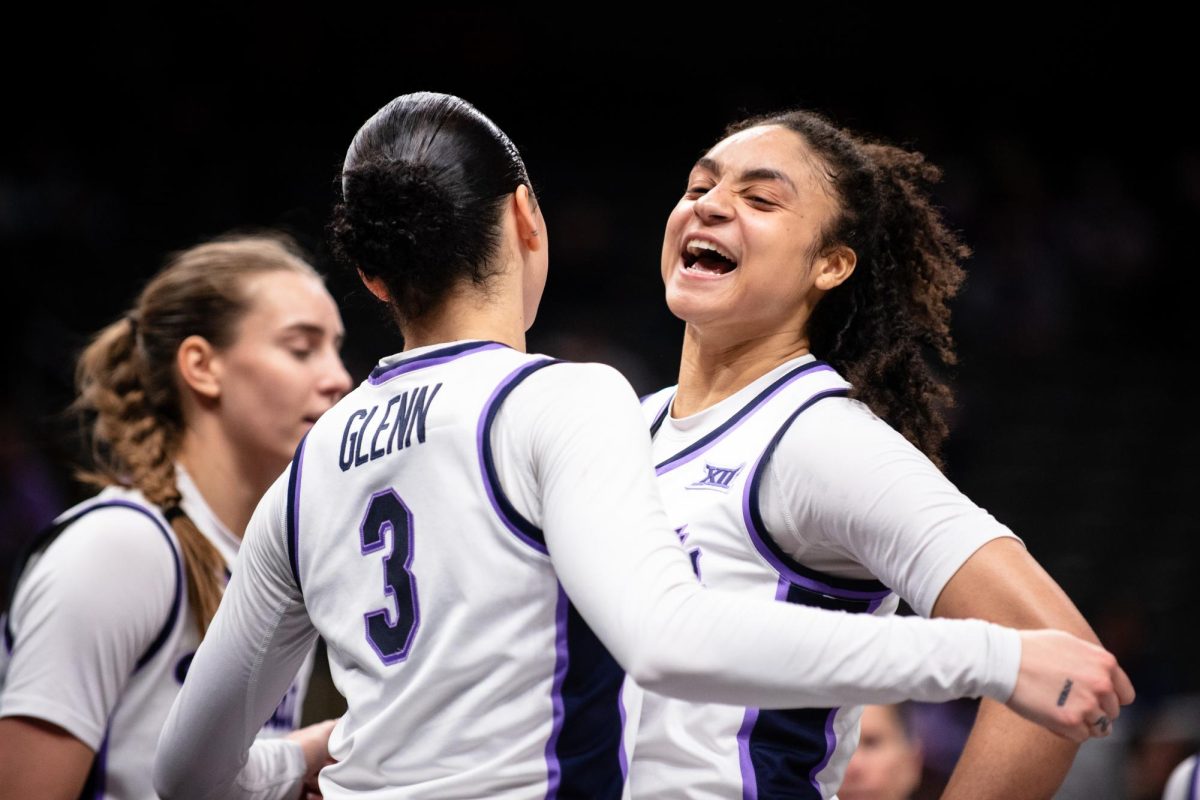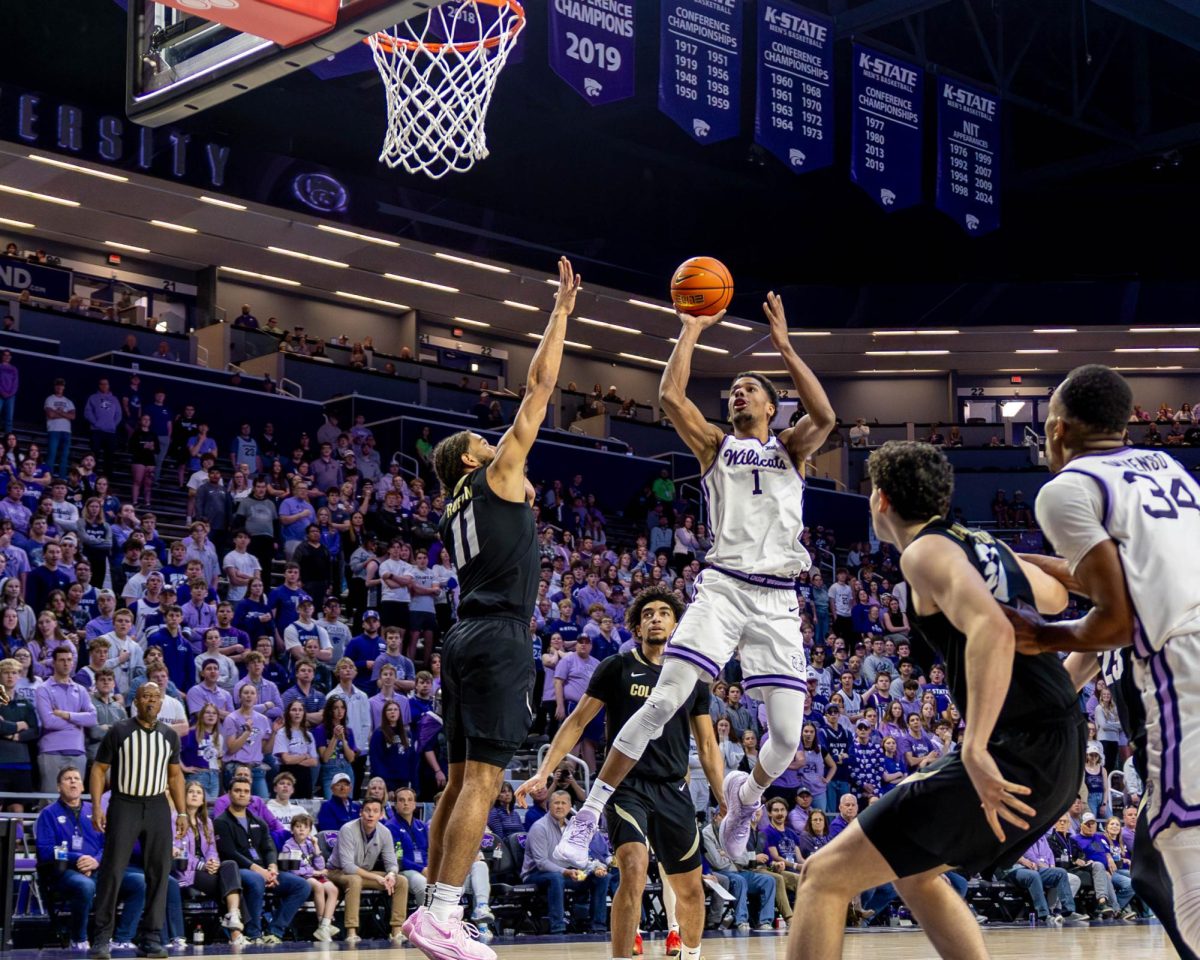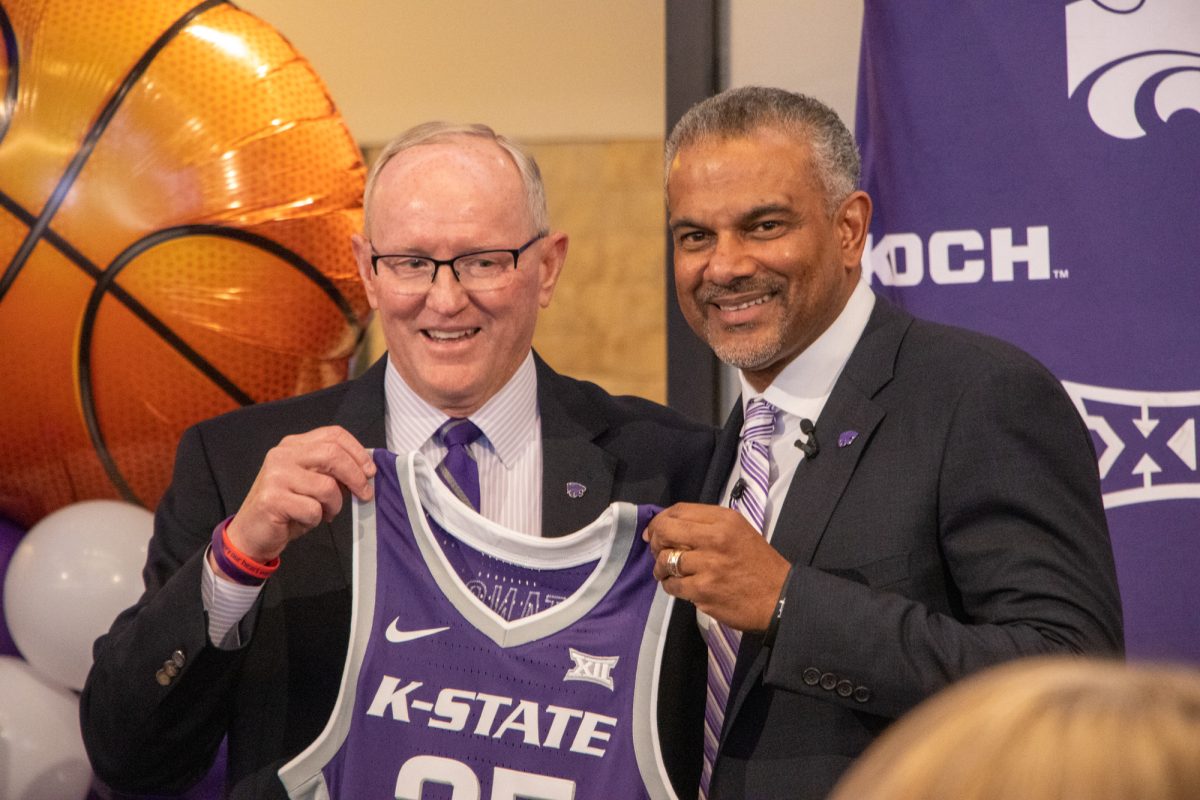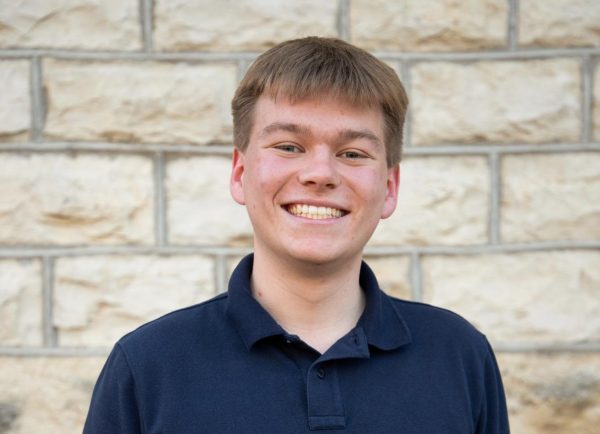Hand me the stone. Hand me the hammer. Hand me the chisel. It’s time to build athletic director Gene Taylor a statue that cements his legacy in Manhattan for the rest of time.
Last week, all hell broke loose in the Kansas State community amid fear of losing its beloved head coach Jerome Tang.
Then, Gene Taylor stepped in.
The same man who gave Tang his first collegiate head coaching job swooped in and reportedly offered a contract extension for Tang, keeping the reigning Naismith Coach of the Year in Manhattan.
Tang was not the only recipient of a prestigious honor last year. Taylor was named the AD of the Year by the National Association of Collegiate Directors of Athletics.
Taylor’s efforts go far beyond just one hire and one season.
He came to Manhattan in 2017 after serving as North Dakota State’s AD from 2001-2014, followed by a three-year stint as Iowa’s deputy AD. Upon his hire, Taylor was almost immediately given a daunting task: a replacement hire for the legendary Bill Snyder.
Taylor turned to Chris Klieman, a familiar face, as Klieman coached at NDSU since 2011. Some K-State fans criticized the decision, saying Taylor was bringing in one of his FCS buddies instead of a legitimate coach.
Those naysayers ignored that Klieman won four national championships at NDSU and coached stars like Carson Wentz, who later became the No.2 overall NFL draft pick. The hire was a home run, and to little surprise, high-level winning and recruiting transferred to Manhattan.
Klieman won eight games in his first season at the FBS level and has brought home two bowl trophies, won a Big 12 Championship and has K-State positioned in the driver’s seat of a College Football Playoff berth.
Recruiting-wise, Klieman’s staff secured commitments from quarterback Avery Johnson and signee Gus Hawkins, the highest rated in-state recruits over the past two years. Additionally, the Wildcats hold the lead for both of the top two Kansas recruits for the Class of 2025, Linkon Cure and Andrew Babalola.
While Klieman and Tang’s early successes came at the helm of the highest-revenue programs, Taylor has excelled in hiring across K-State Athletics.
Jason Mansfield, head volleyball coach, took the program to new heights in his first season leading the Cats. In a program record, K-State took down five Top 25 opponents, including a sweep of the eventual national champion Texas Longhorns.
The historic volleyball season took place in the brand new Morgan Family Arena, a first-class establishment that sprouted under Taylor’s watch. The arena’s ascension also came with the Olympic Training Center.
Stew Burke, first-year women’s golf head coach, saw the Wildcats earn three individual titles for the first time since 2017-18, including two from junior Carla Bernat, who Burke recruited to follow him from Tulane.
Outside of strong hirings, Taylor’s legacy should be commemorated for generations because of the financial status of K-State Athletics.
Finances gained increasing importance in an ever-changing world of college athletes profiting from name, image and likeness — not to mention the COVID-19 pandemic. However, K-State has largely stayed ahead of the curve.
In 2019, athletics became fully self-sufficient, eliminating student privilege fees toward athletics. Taylor’s move made K-State one of eight programs across the country to operate with no direct or indirect university and student funding or state support.
That wouldn’t have been possible without the support of fans and donors, who are even more important with the introduction of Wildcat NIL, the premier connection between student-athletes and NIL opportunities that elevate the rosters and talent at K-State.
Wildcat NIL operates as the only collective that has a partnership with K-State, working in direct collaboration with administrators like Taylor.
Taylor’s prowess for leadership and business management is key for individuals like Tang to continue seeing K-State as a destination, not a stop in the road.
For his efforts in bringing the right leaders to Manhattan, and keeping them on board, Taylor established himself a university icon. We might as well take the measurements now, because Taylor’s statue is inevitable.



